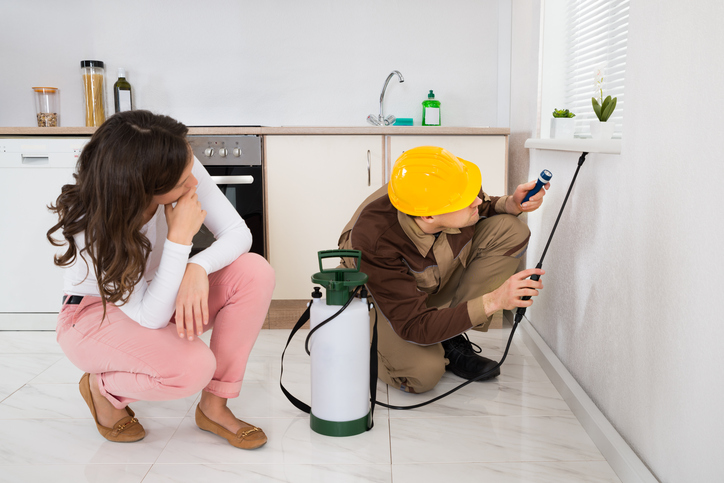“Herein lies our problem. If we level that much land to grow rice and whatever, then no other animal could live there except for some insect pest species. Which is very unfortunate.” – Steve Irwin
The original purpose of insects, rodents, and other creatures that modern society defines as pests were not to be pests or “damagers of human settlements and agricultural crops”. These creatures were all originally intended to be part of the natural order or “balance of nature that proposes that ecosystems are usually in a stable equilibrium or homeostasis.”
Therefore, the questions that must be asked and answered are: “What went wrong? Why are these creatures now considered pests?” It is easy to wonder why the answers to these questions are valid to the management of local pests or local pest control.
A simple answer to the reason for the validity of why these creatures are now called pests will help us understand their primary purpose in the natural world. And, if we recognize these “pests” original raison d’etre, we can attempt to control them without causing further damage to the environment.
The evolution of useful insects, rodents, birds, and other Mammalia into pests
The simplest explanation of why insects, rodents, birds, and other creatures have evolved from playing a primary role in the world’s ecosystems into pests is contained within the quotation mentioned above by Steve Irvin.
Succinctly stated, as the global population increases, the need for food and housing increases; therefore, the only thing to do is to destroy the natural ecosystems to build towns and cities. Thereby; forcing the creatures found in these ecosystems to either become pests or die out.
Managing and controlling pests in an environmentally friendly manner
Most creatures that become pests are resilient, so they adapt to living in human settlements. Unfortunately, they become destructive in the process, and they are known to destroy food crops and buildings. They are also harbingers of disease like the Bubonic plague, Dengue Fever, Malaria, Lyme Disease, and Rabies.
Consequently, humankind’s first reaction is to use poisons to kill off the pests that are carriers of these diseases. However, toxins in themselves have a negative effect on the environment, and they can make the situation worse. For example, if rat poison is used to control the rat population, owls and other raptors will eat the poisoned rats and die from the poison. Thus, the rat population will continue to increase because its natural predators have been killed off.
Therefore, here are a few ways to control pests without destroying the natural order in the ecosystem:
- Keep yards and areas around buildings such as barns and houses free from garden refuse like leaves, tree branches, and grass cuttings. Rats, snakes, and other rodents build their homes in piles of garden refuse that is left lying around.
- Ensure that food storage locations are well-maintained. It is vital to check for holes and moisture sources in buildings and containers where food like grains, potatoes, and other crops are stored. Unchecked moisture causes the food to rot and unintended openings allow rodents to enter; thereby, eating the crops and leaving their droppings behind.
Final thoughts
This article serves as nothing more than an introduction to the topic of pest management and control. But the salient point is this: Humankind and nature are competing for the same space. Therefore, it is vital to learn to live together to the benefit of both; otherwise, both will suffer, and ultimately it will mean the end of life as we know it today.







